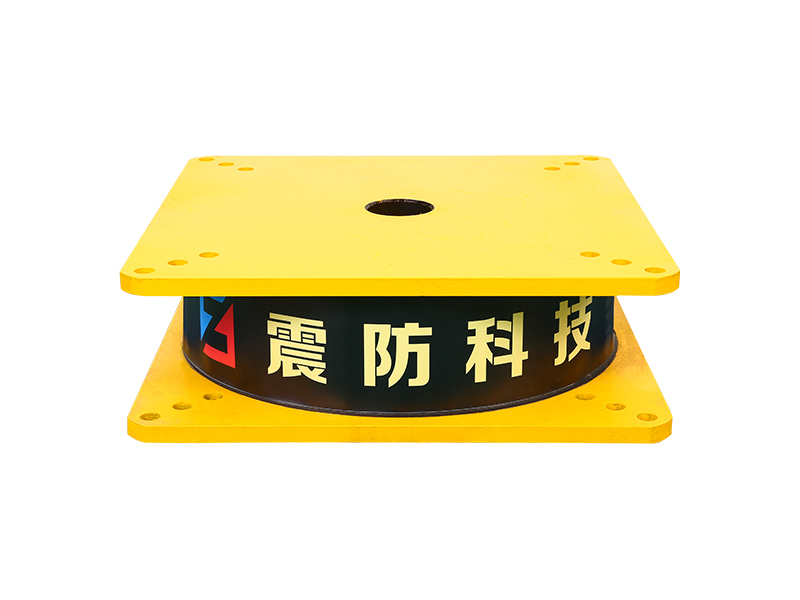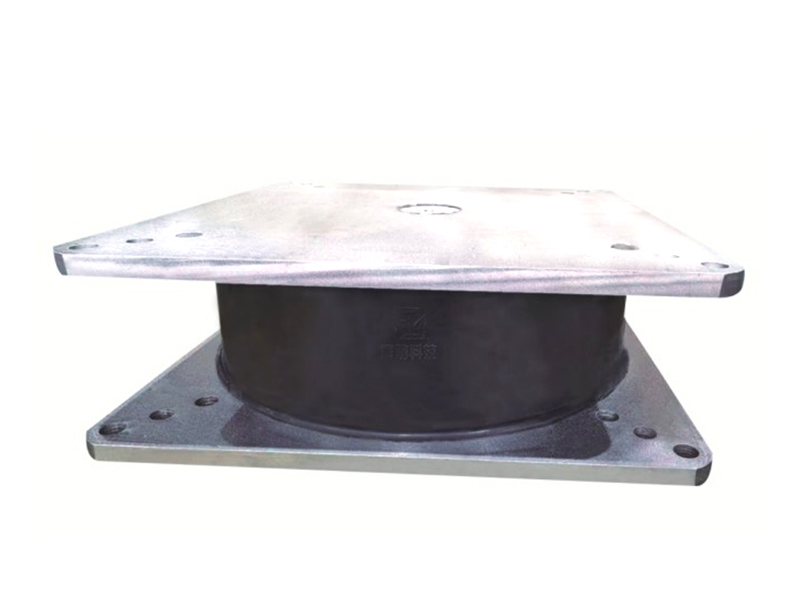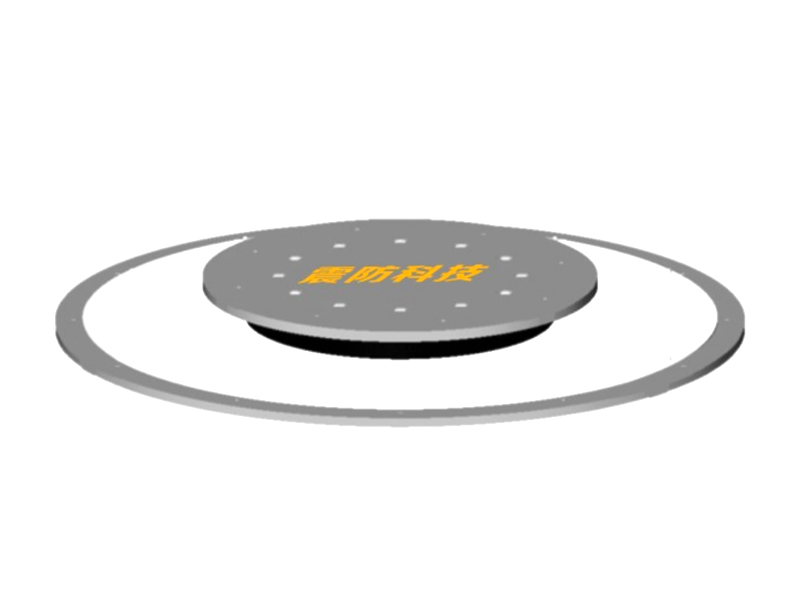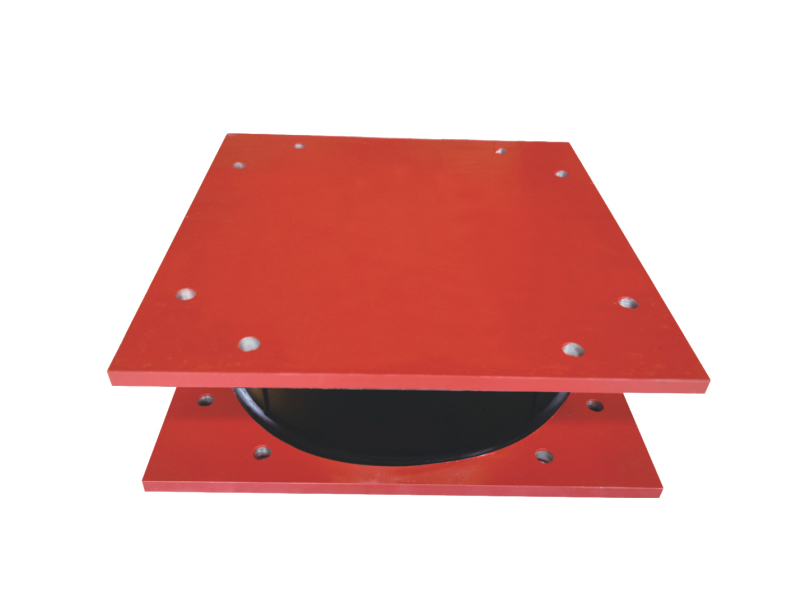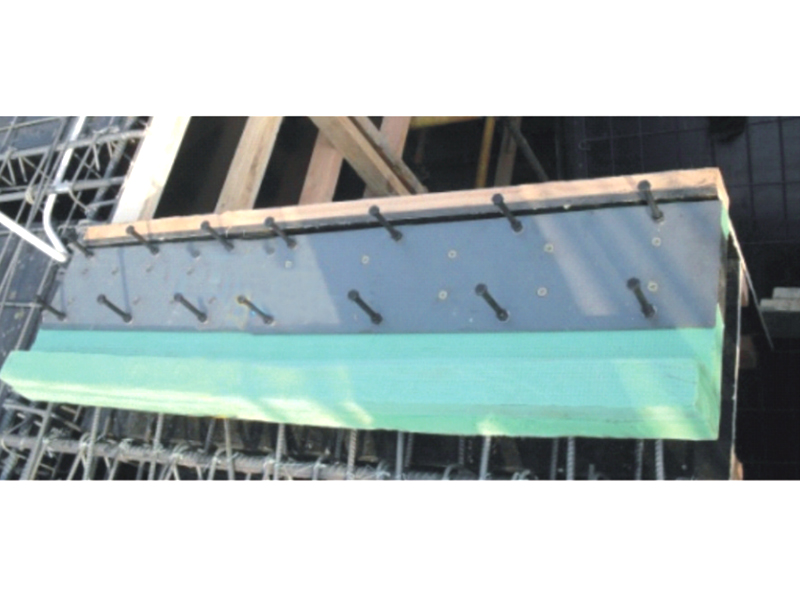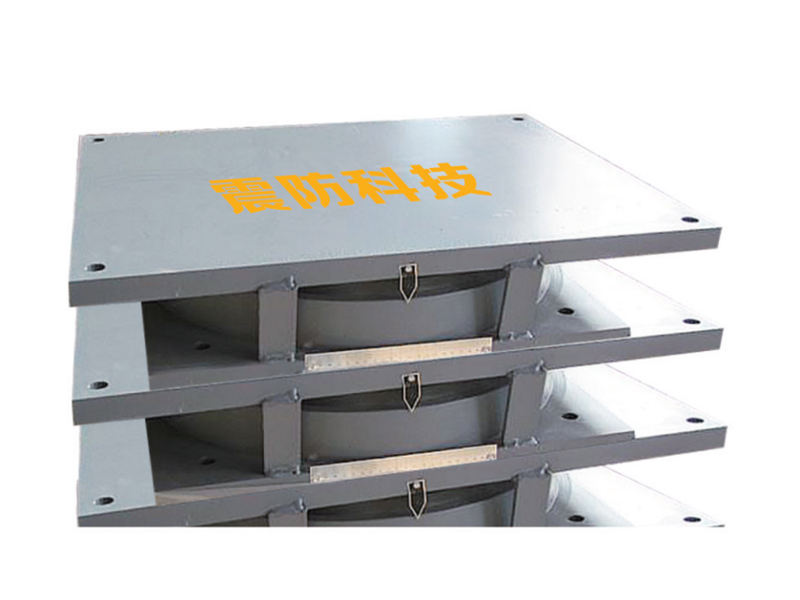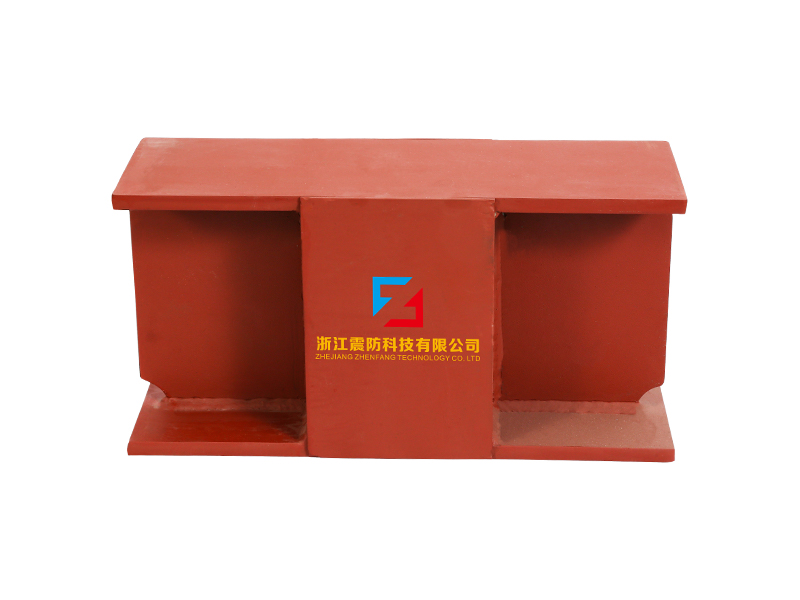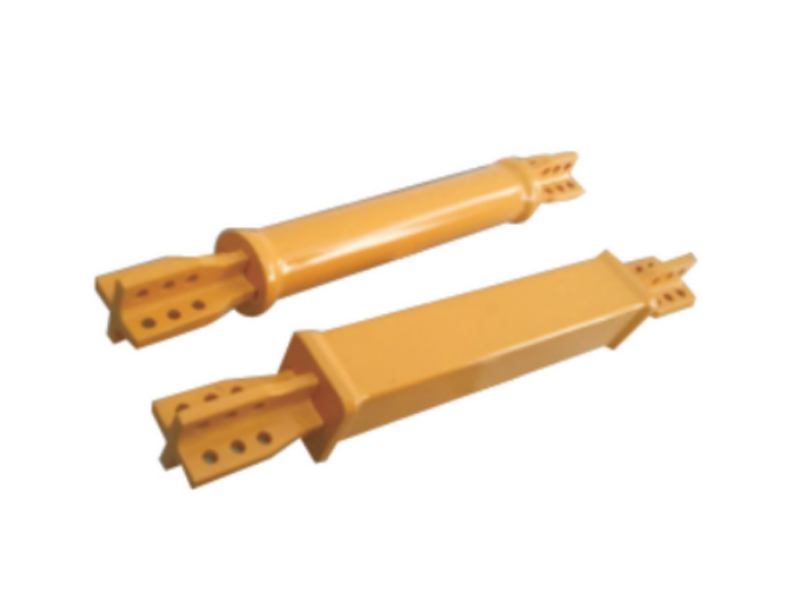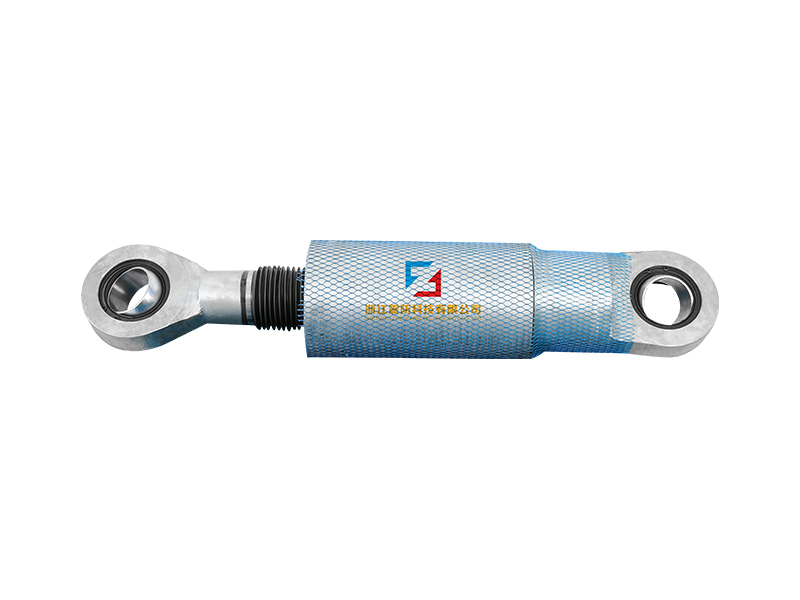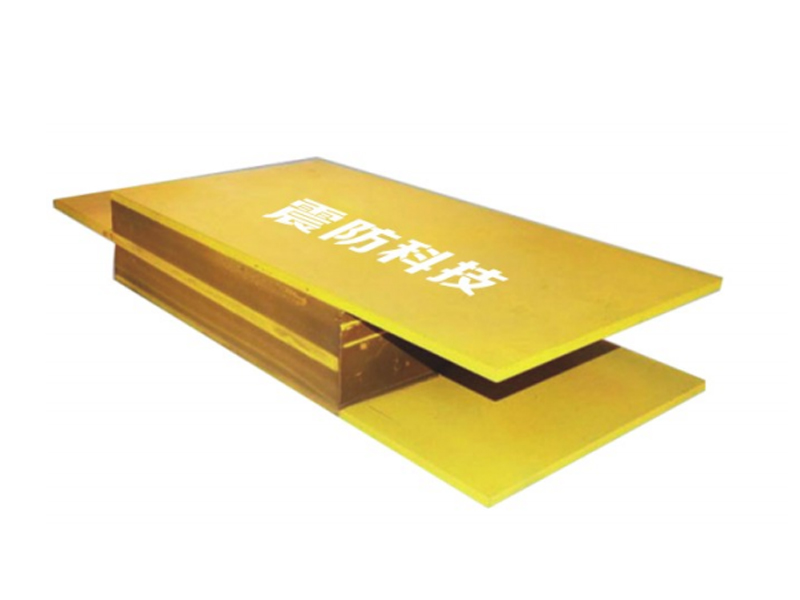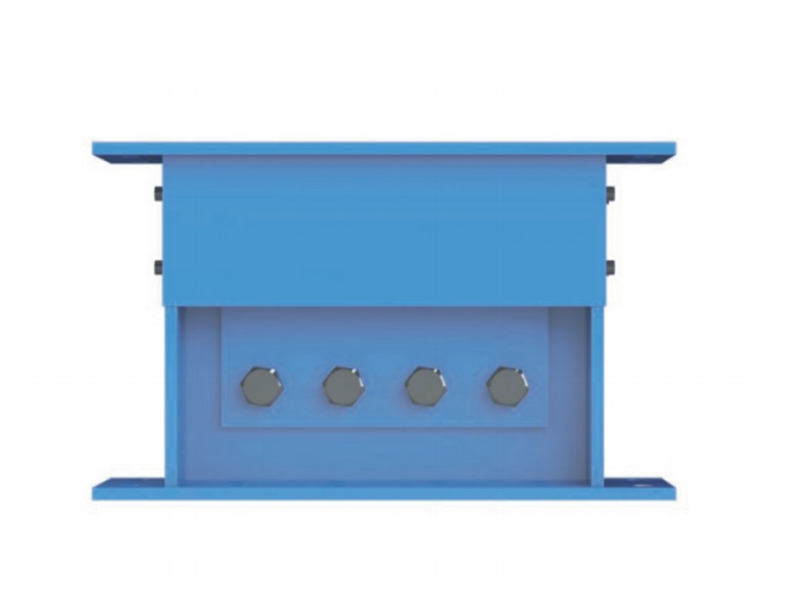The Buckling Restrained Brace
A buckling restrained brace is a type of structural brace that has been designed to help a building resist cyclic lateral loads. These types of loading typically include earthquake-induced loading. This article describes the buckling-restrained brace and discusses the design, fabrication, installation, and maintenance challenges.
A nonlinear finite element analysis (NLFEA) strategy was used to study the buckling restrained brace (BRB) system. A FE model was derived based on experimental part specifications. It was able to predict the cyclic behavior of BRBFs.
The test results of two structures demonstrate that the lateral stiffness of the frame structure degrades after a rare earthquake. This is due to frictional responses which cause the brace axial forces to exceed the core yield capacity.
A parametric study was carried out to investigate the effects of the number of bolts and cross-sectional area of the restraining member. The structural model was then subjected to a displacement loading protocol. Once the criteria had been met, the test was carried out at a 0.25 mm/s loading rate until the BRB failed.
Four BRB subassemblages were tested for inelastic deformation capabilities. Two of these BRBs were successfully constructed. One design failed prematurely, suggesting the need for better quality control during the fabrication process.

Design, fabrication, installation, and maintenance challenges
Buckling restrained braces (BRBs) are energy dissipating braces which were introduced in CSA S16 steel design standard in 2009. They are a new type of brace that restrains the core buckling of a steel plate under compressive and axial forces.
The primary source of ductility in BRBFs is the axial yielding of the core. Axial yielding can be achieved in a variety of ways. One approach is to use all-steel BRBs. This is beneficial for both reducing the weight and improving the construction accuracy of the brace.
Aside from all-steel braces, other types of core cross-sections can be used. These cross-sections include steel, concrete, and GFRP. Using these cross-sections reduces the weight of the brace and increases the energy dissipation capacity of the BRB.
As a result, the BRBF can be considered as a more efficient design option in comparison with conventional steel braces. Also, they provide a more cost-effective overall brace design.
However, the design, fabrication, installation, and maintenance challenges of buckling restrained braces are still largely unstudied. Therefore, there is a need for more research and development in this area.
Failures due to out-of-plane forces
Buckling restrained brace (BRB) is a fabricated assembly that yields axially in tension and compression. It is an supplemental energy dissipation device. Several factors are needed to design a BRB. These include its expected deformation, contact force demand, and stiffness of outer tube.
A conventional CBF consists of a steel core-plate and a steel tube casing filled with concrete. The outer tube serves as a reinforcement to prevent local buckling. This provides sufficient stiffness to resist global buckling.
However, there are cases when the steel core-plate can be crushed and the concrete-filled tube will become brittle. To avoid these cases, the interface friction between the LP core and the restraining member needs to be minimized. There are three methods for doing this.
The first method involves estimating the design clearance. For this, the core area is sized for design level seismic loads based on the core yield stress. Also, the plastic moment capacity of the tube is determined. With these calculations, the outer tube can be designed to resist both global and local buckling modes.
Specification of the buckling-restrained brace
BRBFs are very flexible and have better performance under lateral loading than conventional concentric braces. They can also be used in structures with very long brace lengths.
BRBs are fabricated assembly consisting of a steel core and a casing filled with grout or concrete. These components are welded together to form an assembly that carries the axial force of the brace.
The core is manufactured with distinct regions along its length to enable a stable cyclic response. The outer core is connected to the casing through pinned or reinforced connection regions. Each end of the BRB is reinforced to prevent local buckling.
BRBs are a more economical alternative to conventional steel braces. They are fabricated with a variety of cross-sectional shapes, and can be made from other materials.

